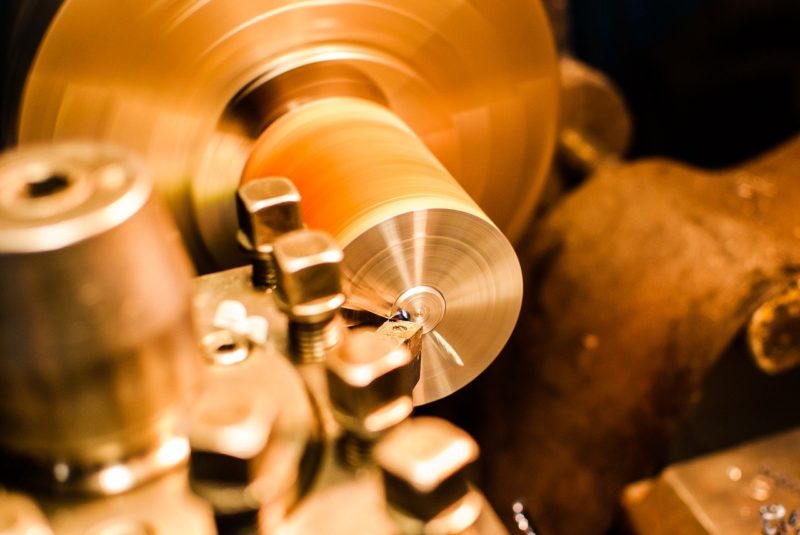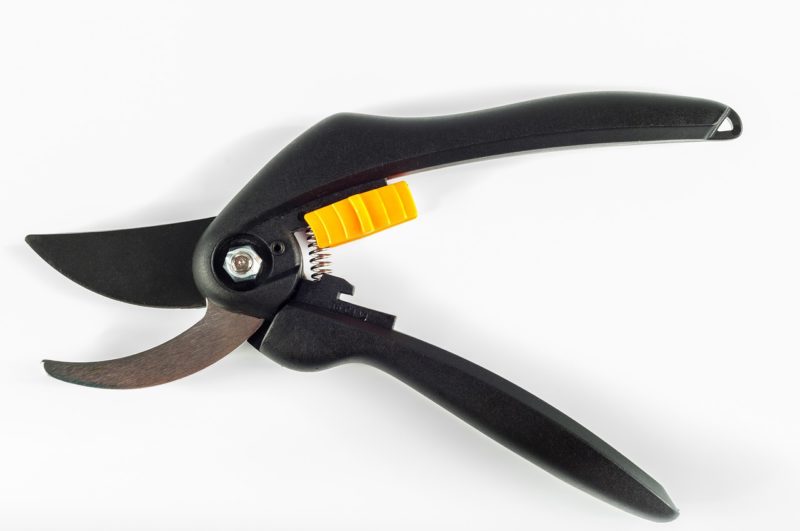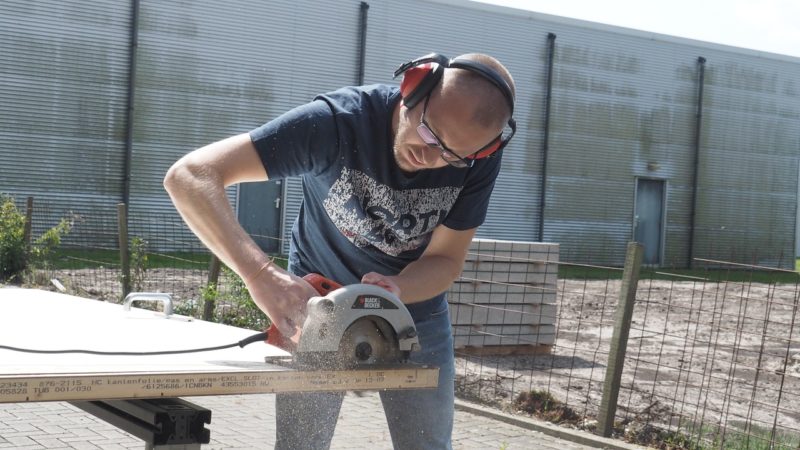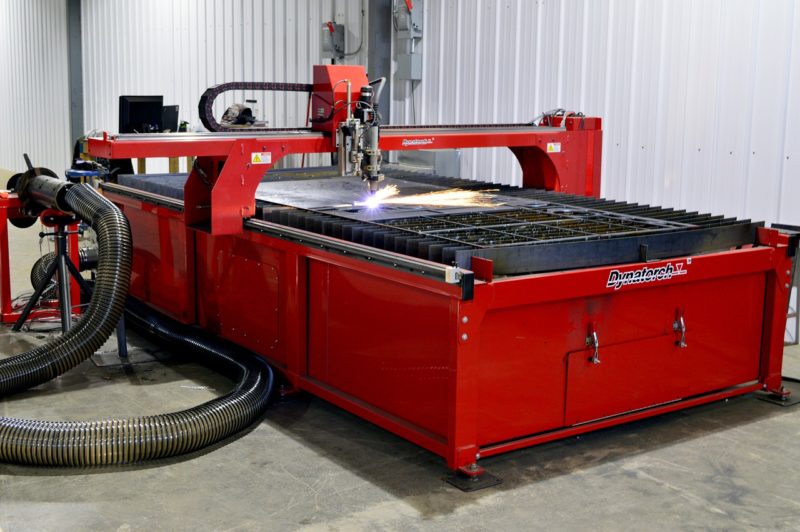Efficient Ways of Cutting Stainless Steel
If you’re someone who doesn’t tend to shy away from handiwork and knows their way around a workshop, then you’ll know why stainless steel is such a popular material among craftsmen and hobbyists alike. It’s very resistant to corrosion and incredibly durable, which is its greatest strength, Although, it can also give you quite a headache when it comes to having to cut it.
The task of cutting stainless steel becomes all the more difficult if it’s one of your first encounters with power tools and you don’t really know what to start with. It is incredibly important to properly educate yourself on the right etiquette and means of operating each tool — disregarding proper safety measures is the most common cause of injury or death when it comes to this kind of equipment.
Not knowing how to cut stainless steel isn’t a crime. Trying to do so anyway, without the right know-how, can become one fairly easily. You can damage expensive tools in the blink of an eye, not to mention injuring yourself and others while you’re at it.
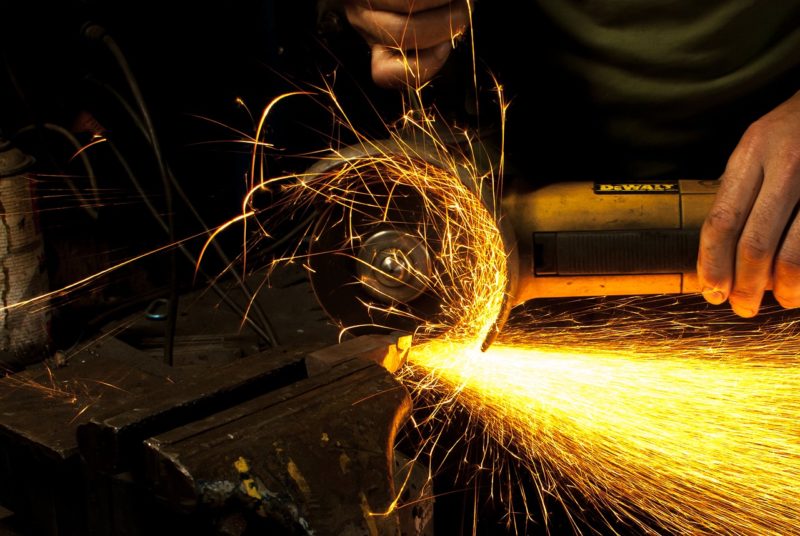
In order to avoid unnecessary pain (and potential criminal charges), give this article a read. It contains tips and safety instructions for first-timers, as well as a guide to what tool you should use for cutting your very first stainless steel sheet.
Safety Measures and Equipment
Whenever you work with sharp tools and hazardous materials (such as stainless steel), you’re running the risk of cutting yourself or harming others around you. In order to minimize the risk and make sure that your working environment is as safe as possible, you should follow the safety tips outlined below:
- Lighting. Before you start working, you should ensure that the room you’re working in is well-lit — it might not seem like a big deal, but limited visibility significantly increases the chances of injury.
- Remove all jewelry and accessories. This one should be pretty self-explanatory. Pieces of jewelry hanging from your wrist or neck can get tangled up in workshop machinery quite easily, which may lead to serious injury or even death.
- Ventilation. The room you’re working in should have top-notch air circulation — it can get filled up with sawdust and other harmful particles in a matter of minutes, and they’re quite harmful to breathe in.
Aside from adhering to safety guidelines, you should always use the right gear to stay safe and sound while cutting metal. First and foremost, you should ensure the protection of your eyes by wearing safety goggles or a face shield as you cut metal of any kind. You don’t want the dust whipped up by the blades to get into your eyes — it may even cause long-term blindness! Secondly, take care of the proper hand and foot protection — wearing gloves and durable work boots can go a long way in terms of keeping you safe from getting injured by sparks and other stuff that comes out as you cut steel.
Method #1: Tin Snips
You don’t need a diamond saw blade to efficiently cut through stainless steel. If it is a thin metal sheet, it might turn out that your trusty pair of tin snips will do the job. You can operate them just like scissors — slowly but surely cut through the steel sheets, making sure that you don’t pick up any cuts while you’re at it. Of course, these snips will only work on the thinnest of stainless steel sheets — for thicker pieces, you might want to whip up a more heavy-duty tool.
Method #2: Circular Saw
If you’ve done some metal cutting work before, whether it was for home improvement or a side project, chances are you already own, or at least have used, a circular saw. They’re very good at cutting sheet metal of various thicknesses, from thin to medium — the saw might not handle thicker pieces, but that also depends on the model and the type of blade you’ve chosen.
When cutting, be sure to keep your stainless steel firmly in place, and move the blade along your designated path slowly, but steadily, without stopping. This will do the job better than tin snips. If you don’t have a circular saw and don’t really care about abrasive cutting, you can make do with some of the more crude pieces of equipment, like jigsaws or band saws.
Method #3: Plasma Cutter
Plasma cutters should be reserved only for the thickest sheets of stainless steel out there. Cutting thinner pieces with this type of equipment is not only a huge overkill, but it can also be a potential hazard. The way it can cut through even the thickest metal pieces is by using a concentrated beam of energy. It can go through stainless steel in a matter of seconds, better than any saw blade currently available on the market. The thicker the sheet, the higher the concentration setting should be.
The Bottom Line
Cutting stainless steel is not that complicated and tricky of a task as it may seem at first. If you’ve got the right equipment and know the proper way to cut through sheet metal, you should be in the clear. On the other hand, if you’re a complete beginner, simply reading this article may not be enough to have you using any kind of a power tool without supervision. In this case, it would be best to have someone with more experience helping you out as you make your first cuts.

